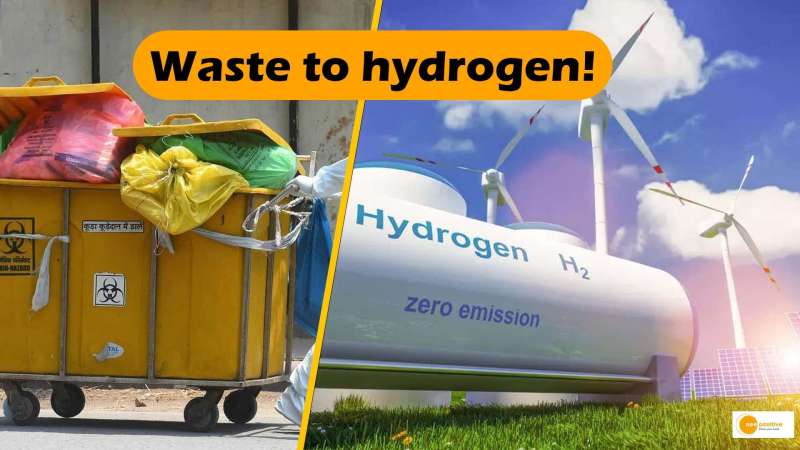

Introduction
In recent years, waste management has been a constant challenge to every country and in a developing country like India, it becomes even more challenging to manage the smooth management of waste and to reduce the overall pollution rates from the different industries all across the country. Therefore, many new research works have been conducted in the associated fields of waste generation and management. This research works in the field of science and in the allied fields of science have proved to be fruitful as this has helped in the development of new technologies. These technologies aim at providing answers to the high rates of pollution and carbon emissions rates of the country. One such technology that should be worth mentioning is the generation of green hydrogen from waste. This has provided a solution to a few of the major imposing threats to the overall waste management of the country.
Generation of Green Hydrogen and its Impacts
In the recent COP27, India committed itself to focus on the rational utilization of the different national resources for energy security. India consumes about six million tonnes of hydrogen annually to produce ammonia and methanol that are used in the various types of industrial sectors, including fertilizers and refineries. It is expected that this huge consumption can further increase to 28 million tonnes by 2050, mainly due to the increasing rise in the demand from different industries.
Ever since the Union Ministry of New and Renewable Energy (MNRE) shared that it is high time to make the complete utilization of green hydrogen, private players in the private sector markets have been looking forwards to the development of new technologies that would help to generate this new gas— green hydrogen.
With the upcoming challenges of getting an electrolyzer with the capacity of generating green hydrogen globally, it becomes extremely essential to find different
alternatives that would help to supply a good amount of green hydrogen in the entire country. The new facility for generating green hydrogen from the wastes aims at solving two major problems — firstly, inefficient waste management, and secondly, the carbon emissions from different industries. Waste management is one of the prime issues in our country and this is why our country is generally blamed for generating huge amounts of pollutants in the surroundings, thereby creating havoc pollution in the country.
The Refuse-Derived Fuel (RDF) from the wastes can be then utilized for the generation of green hydrogen using plasma gasification technology. This technology has been developed with the help of close working with the Bhabha Atomic Research Institute (BARC) and the Indian Institute of Science, Bengaluru. The resultant hydrogen that is generated at the facility can be utilized properly to help the country to lower the rates of emissions. As the Centre is focusing mainly on industrial decarbonization and is facing the challenges of this transition, the project can prove to be a game-changer that would help the industries to reduce the rates of carbon emissions.
In India, where the hydrogen industry is nascent, the country must keep up with the costs of the production of hydrogen so that it is competitive and can help to expand its usage in various kinds of sectors. Various major industrial groups of the country are aiming to work on the same by making the production of hydrogen extremely affordable and easier to be produced so that it can fit the switch in the just-transition situation.
Using green hydrogen in the city gas distribution process will largely reduce the carbon emissions of the operations and the overall dependence of the country on imported fossil fuels, which would help to align with our country’s national goals.
Conclusion
The generation of green hydrogen from waste aims at providing answers to the problems of waste management in the country. This will ultimately lead to a controlled rate of waste emission from the industries and a systematic management of the already produced wastes and this would also aim to solve the questions of the huge amount of pollution in the country. This new technology would help to provide better environmental conditions for all the citizens of India.


